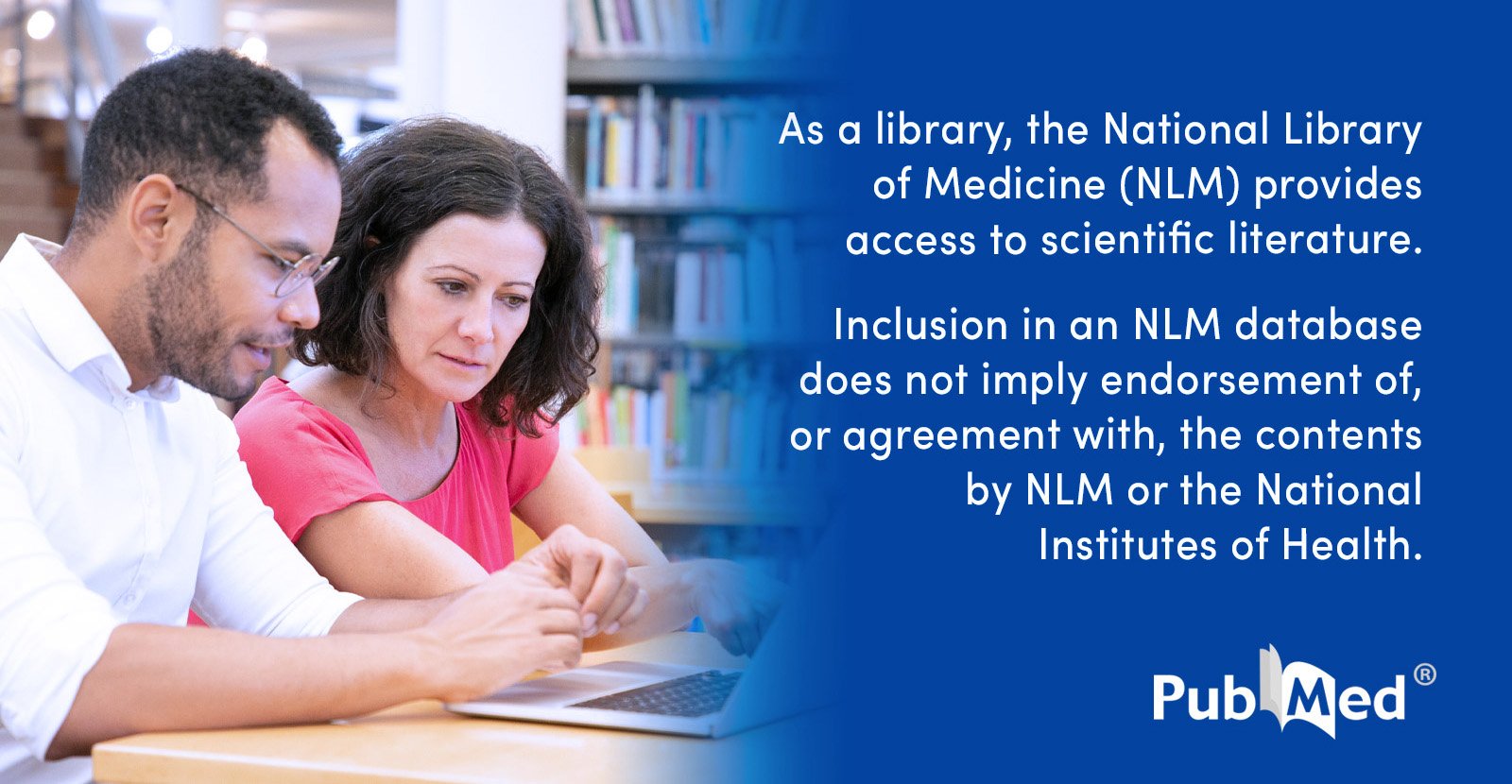I doubt enrollment is going to drop at all.
There are many more applicants than there are matriculants. According to the AAMC's data, for the
2024-2025 academic year, there were 51,946 applicants and 23,156 matriculants. Even in the extremely unrealistic scenario of the number of applicants being halved by the loan changes, there would still be more applicants than matriculants.
Matriculants also tend to have higher SES. Per the AAMC,
at least as of 2017, 'roughly three-quarters of medical school matriculants come from the top two household-income quintiles, and this distribution hasn't changed in three decades.' According to Table 2 of their data, for any given year from 2007-2017, more than half of matriculants came from the highest quintile of household income. Assuming that the decision not to attend medical school as a result of the loan changes occurs on average below some household-income threshold, it's fair to assume that the majority of matriculants are well above this threshold and would still attend.

 www.axios.com
www.axios.com



